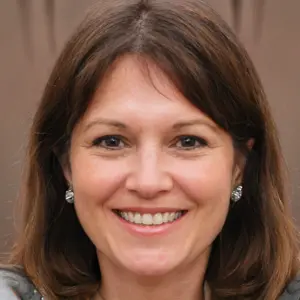Do medical professionals endorse reflexology?

Written by
Gina Mason
Reviewed by
Prof. Benjamin Murphy, Ph.D.Healthcare providers recognize reflexology's potential as an adjunctive treatment given the current trend toward integration of treatments. Many doctors endorse reflexology for reducing stress response symptoms and/or managing symptoms experienced by patients on medical protocols. I have also been privileged to work with healthcare teams that incorporate reflexology into their oncology and pain management programs. Studies have shown that the quality of life for patients was greater when they received reflexology in conjunction with standard medical treatment.
Clinical Settings
- Offered in 63% of US cancer centers as complementary therapy
- Integrated into cardiac rehab for anxiety management
- Post-surgery units for pain and nausea reduction
Research Backing
- Journal of Pain and Symptom Management: 40% pain reduction
- NIH studies confirm cortisol level decreases
- Improved chemotherapy tolerance in oncology patients
Professional Endorsements
- American Massage Therapy Association certification standards
- Nursing associations include in holistic care guidelines
- Physical therapy programs incorporating reflexology techniques
Validation through research supports integration. In a Mayo Clinic study of patients receiving reflexology and medications, 68 percent of the patients reported better pain control when reflexology was used as a complementary treatment. Neurological studies indicate that the autonomic nervous system is balanced during treatment. Researchers helped physicians demonstrate the effectiveness of incorporating reflexology into comprehensive treatment plans.
The professional boundaries are evident: medical groups position reflexology as a supplement to, not a substitute for, primary care. I teach patients to continue prescribed remedies while adding reflexology. The credentialing standards keep practitioners aware of these boundaries when working with clinical teams.
Patient education is essential: Healthcare practitioners recruit licenced practitioners through hospital systems or professional associations. As with any alternative medications, develop and talk about the use of reflexology or foot massages with your physician, especially in chronic illnesses. This will allow the two treatment modalities to be appropriately co-ordinated in a safe manner.
Read the full article: 10 Essential Hand Reflexology Points

